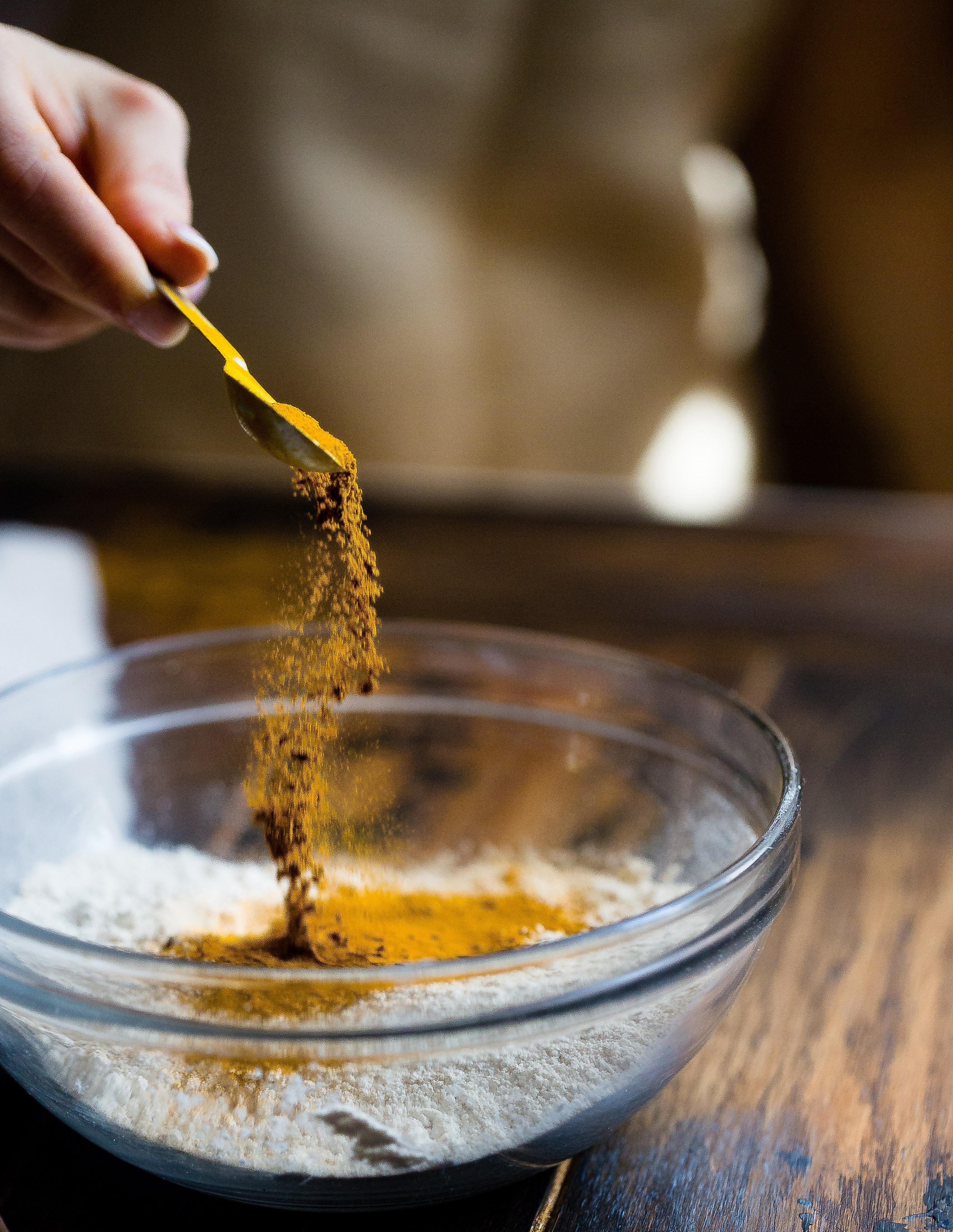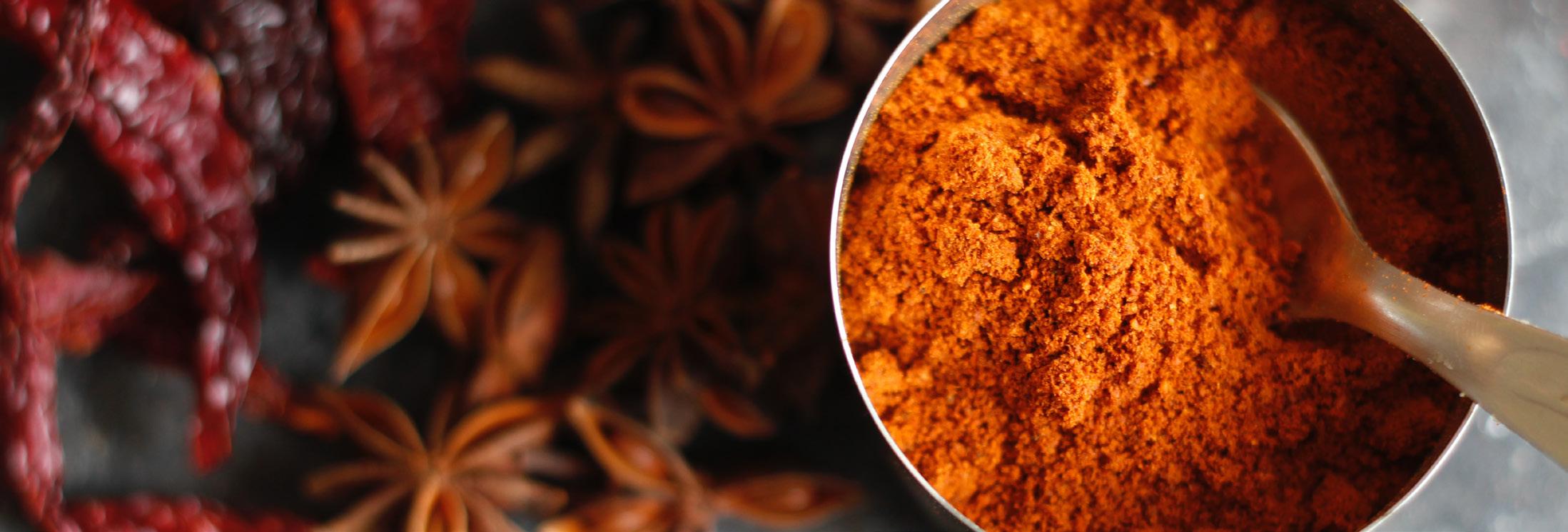
3 minute read
The Recipes that Brought Us Together: Plant-Based Edition
by anisha chandra | design by candice lau
If I had to find the silver lining in my unexpected living situation this year, it would be gathering around the table with my parents every night. It’s comforting to know that no matter how the day has gone, when the clock strikes 8, everyone in my family performs the choreography we know quite well: I yell “Dinner?” from my room, my dad responds affirmatively from his room, and my mom begins to roll out rotis on the kitchen counter. Once we’re all at the table, we immerse ourselves in the moment. Eating good food is one of the few interests all three of us share. Inevitably, we often end up having passionate discussions about dishes we want to try, our favorite spices, and the regional differences in Indian cuisine. Whether we’re eating something exciting or not, I look forward to this small comfort every day.
Advertisement
Given how much I cherished these dinners, I was a little nervous about transitioning to a plant-based lifestyle. No more mutton biryani? Matar paneer? Ghee on my crisp rotis? I wasn’t so much concerned that I wouldn’t be eating these foods, but that I wouldn’t be sharing them with my family, as part of the joy of eating together is being able to comment on the food we’re sharing. Fortunately, this concern of mine hasn’t been an issue and has instead opened all of us up to exploring our ingredients. While there are some dishes we don’t share together, there are still plenty of delicious options for everyone—which is one of the joys of plant-based food.
Food provides a major avenue to maintain and express culture, and it is undeniable that meat-centered dishes are a significant part of several cultural cuisines. However, there are numerous ways to express pride for your culture through foods that are compatible with a plant-based lifestyle. Culture can be maintained through the spices you add, the kitchen stories passed down to you, and the techniques you use to prepare the dish.

For instance, one of the dishes I knew I would miss most as I transitioned to plant-based eating was palak paneer—soft cottage cheese cubes in a creamy spinach gravy. As my mom and I worked on making a plant-based version, I realized my favorite part about palak paneer was the flavor of the spinach gravy, so I simply replicated it with tofu!
I don’t strike gold with every plant-based substitute, but there is an element of excitement that comes with experimenting to find what I like. In the process, I’ve learned more about cooking with Indian spices and techniques than I ever knew before. Personally, I’ve been aware of the idea that food from any culture can be vegan. I grew up eating plenty of my mom’s dal (lentils) and rice, so when I first heard about veganism, I connected it to my own plate. However, at the time, the media hadn’t done a good job of recognizing the diversity in plantbased cuisines, so there were definitely stereotypes about what veganism entailed.
Veganism has been characterized by Western food trends— think kale caesar salads and smoothie bowls. While salads may be delightful, this image of plant-based eating is limiting, as it does not take into account the hundreds of cultures that have incorporated plant-based meals in their diets for years. It portrays veganism as a Western health food trend for people who exclusively eat basic foods, rather than a sociocultural movement that has the ability to transcend borders. As a result, many may feel deterred from plant-based eating because they do not see how the foods and flavors they enjoy fit into it.
Today, plant-based eating is gaining popularity as a way for people to express their beliefs about ethics, the environment, or wellness. Whether you’re interested in making a permanent switch to veganism or simply incorporating more meatless Mondays in your life, there are ways to tie your family’s cultural background into your meals and build community when you share food with others. It may seem daunting at first, but hopefully these recipes and perspectives from food bloggers Lisa Kitahara and Murielle Banackissa can inspire you!










